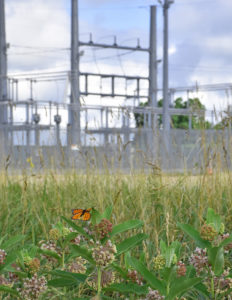Our progress
Since 2001, ATC’s top priority has been maintaining a safe and reliable electric transmission system. As the industry evolves, we strive to make electricity a great value for our local distribution customers by strengthening the grid – which enhances their participation in the wholesale energy market. We’re driven to make smart investments in our aging transmission assets, evaluating condition and performance as our industry evolves and continue to incorporate more renewable-based generation.
ATC’s asset management program is focused on the life‑cycle management of transmission assets. Our objective is to ensure these assets perform the required function in a safe, reliable and sustainable manner while managing lifecycle costs. We collaborate on the design, commissioning, operation and maintenance of these assets, which is crucial to developing a comprehensive system plan and replacement strategy.
Our asset renewal process focuses on aspects of public and worker safety, regulatory compliance, reliability condition and operational performance. ATC’s transmission lines consistently achieve better reliability performance than those of our industry peers in all voltage classes, which is primarily due to our asset management efforts.
Our single‑focus, transmission‑only business model has produced significant results for our customers. In this evolving energy landscape, we continue to provide exceptional and reliable service to the customers and communities we serve.
Since the publication of the 2021 10-Year Assessment, we have:
- Made improvements to nearly 30 substations
- Upgraded or rebuilt approximately 15 transmission lines
- Signed 9 new generator interconnection agreements as part of MISO’s 2018 Interconnection Queue, with commercial operation dates starting in 2022 that includes 774 megawatts of renewable generation
- Supported our local distribution customers through our Load Interconnection Request (LIRF) program for numerous projects, including:
- Interconnection of new loads
- Aging infrastructure
- Integration of Distributed Energy Resources (DERs)

